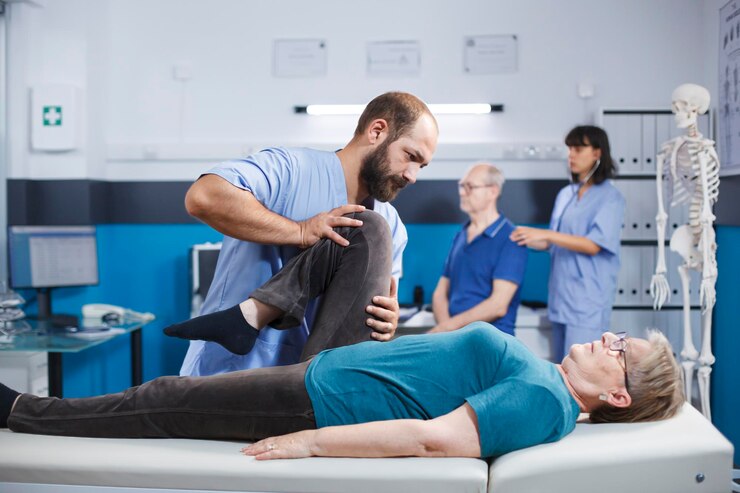
As the world becomes increasingly competitive, many people are exploring ways to stay ahead, especially when it comes to maintaining their health and mobility. One effective approach is through non-surgical orthopedic treatments, which focus on improving the function and quality of life for individuals dealing with injuries or conditions affecting their musculoskeletal system.
These treatments include options like physical therapy, targeted exercises, and more. The type of treatment you may need depends on your specific condition, so it’s essential to choose the right approach. Consulting a professional can help you make an informed decision.
Physical Therapy
Physical therapy is one of the most common types of non-surgical treatments. It typically involves exercises, stretches, and sometimes hands-on techniques like massage to improve blood flow, strengthen muscles, and restore function to affected areas. For example, a massage therapist may use gentle pressure to stimulate recovery in an injured muscle or joint, helping to alleviate pain and improve mobility.
Custom Exercises
Another popular method is customized exercise routines tailored to individuals recovering from injuries or dealing with musculoskeletal issues. These exercises focus on strengthening weakened muscles, improving flexibility, and encouraging proper movement patterns. Examples include stretching, light cardio activities, and weight training. When done regularly, they can help patients regain strength and enhance their overall quality of life.
Avoiding Surgery Through Non-Surgical Approaches
Many conditions, from headaches to back pain, can often be treated without resorting to surgery. For instance, headaches benefit from better hydration and over-the-counter medications, while neck and back pain might be relieved through physical therapy, consistent exercises, or simple remedies like heat packs or rest. Even conditions like carpal tunnel syndrome or whiplash can often improve with targeted non-invasive treatments like physical therapy or pain management techniques.
Benefits of Non-Surgical Treatments
Non-surgical orthopedic options come with several advantages. They are typically less invasive, meaning there is no need for incisions or prolonged recovery periods. These treatments are also often more affordable and come with fewer risks compared to surgical procedures. Additionally, they can lead to restored mobility, reduced pain, and an overall improvement in quality of life. They may even help prevent the need for surgery altogether if tackled early.
Moreover, non-surgical treatments often offer greater convenience. They can be easier to fit into a busy lifestyle compared to the downtime required for surgery. They also carry a lower risk of complications and can be adjusted over time based on how well you’re responding to the treatment.
Conclusion
Non-surgical orthopedic treatments provide safe and effective ways to manage pain, improve mobility, and enhance your quality of life. If you’re dealing with discomfort or limited movement, it’s worth exploring the wide range of non-invasive options available. However, it’s crucial to speak with an experienced orthopedic specialist to determine the best course of action for your specific needs.
By avoiding more invasive procedures, non-surgical approaches can help you get back to doing what you love, faster and with less disruption to your daily life. Explore your options and take the first step toward a healthier, more active future.